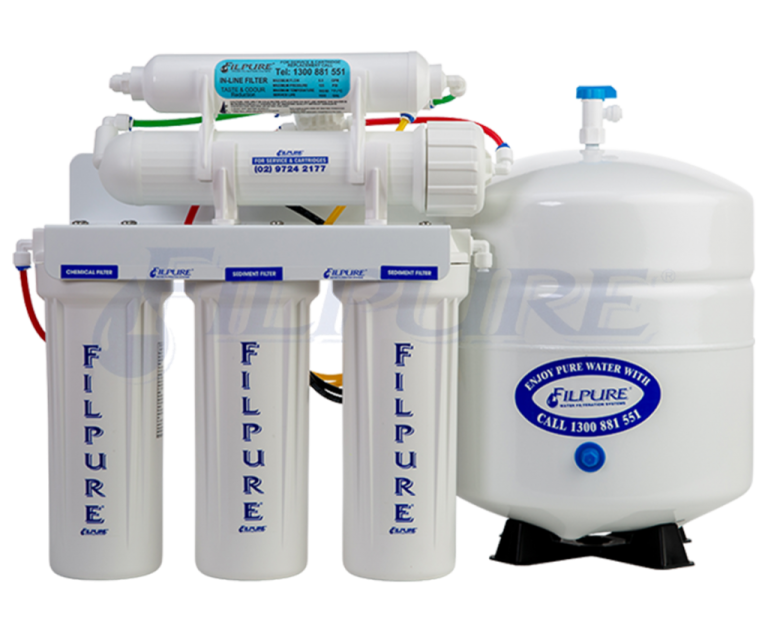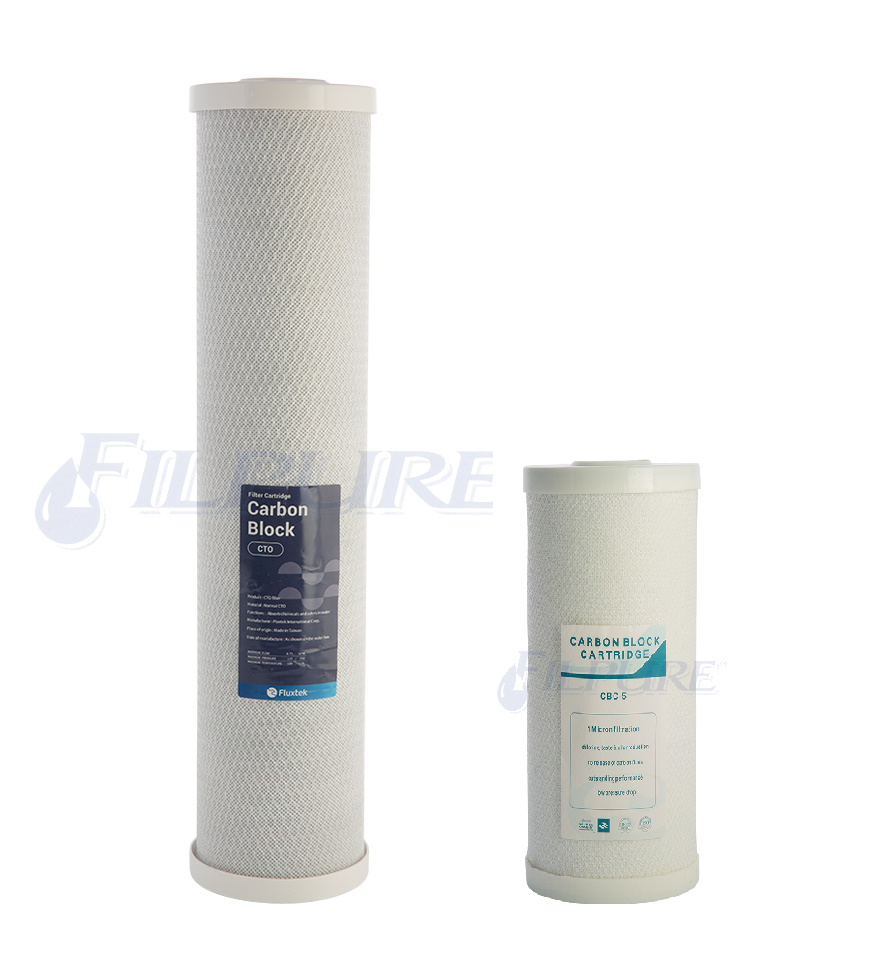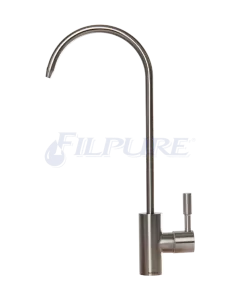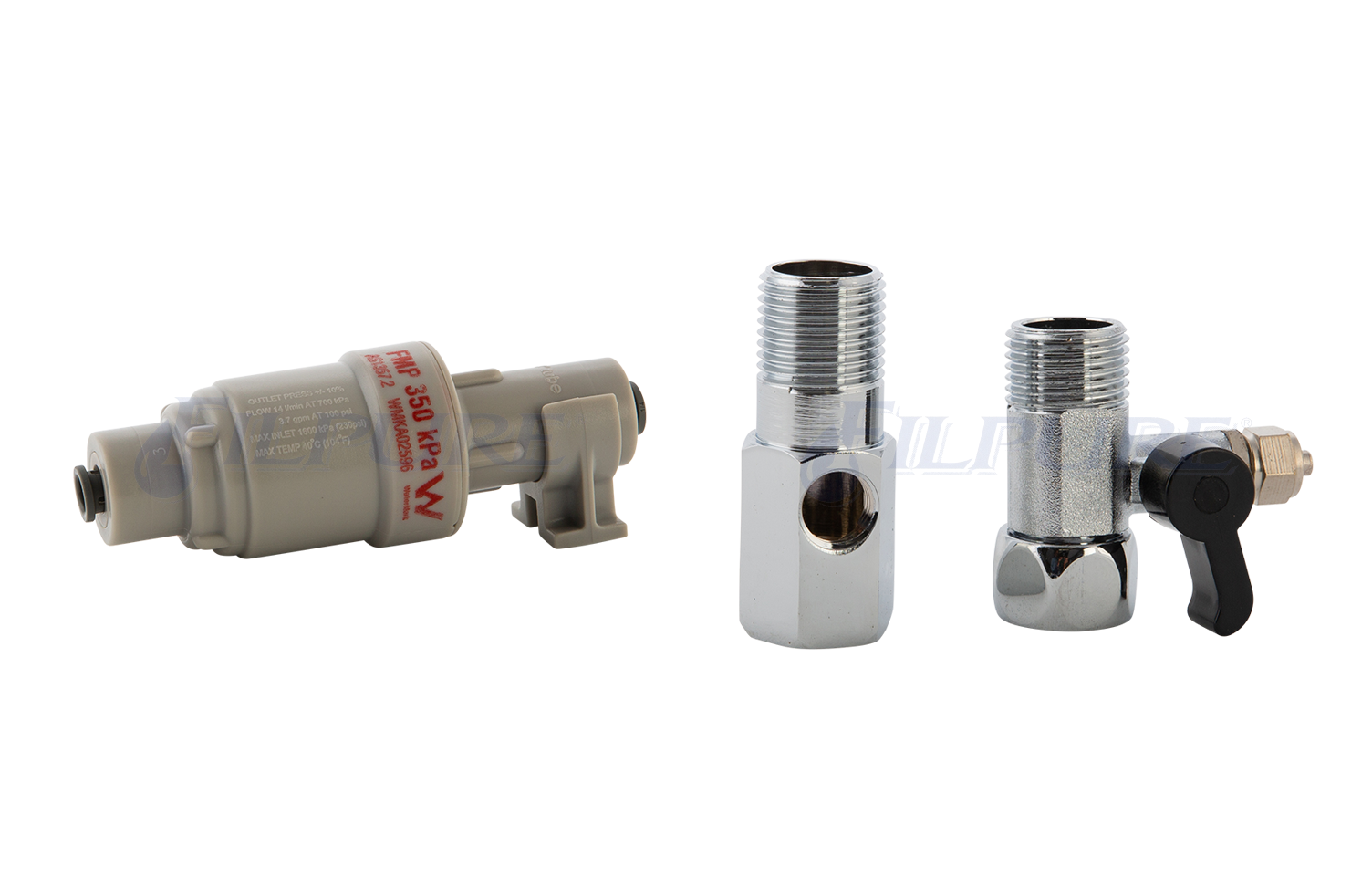How to Extend the Lifespan of Your Reverse Osmosis System
Many water filtration systems fail earlier than expected—not due to poor quality but because maintenance is often overlooked. Reverse osmosis (RO) systems are designed to provide clean, safe water, but regular care is essential to keep them running efficiently and lasting for years.
Many people don’t realize that a few easy maintenance steps can prevent expensive repairs or replacements. Here’s a practical guide to help you protect your investment and keep your RO system performing at its best.

Practical Tips to Extend the Lifespan of Your Reverse Osmosis System
1. Consistently Replace The Filters
Regularly replacing the system’s filters and membrane is the most critical part of keeping your reverse osmosis setup healthy. Over time, pre-filters, post-filters, and membranes collect dirt, sediment, and contaminants from your water supply. If not replaced on schedule, they become clogged, which strains the entire system.
- Pre-Filters: Change these every 6–12 months. These filters catch larger particles like sediment, protecting the RO membrane downstream.
- Post-Filters: These polish up your water for taste and clarity—swap them out once a year to maintain water quality.
- RO Membranes: Replace every 2–3 years (depending on usage and water quality). A compromised membrane can drastically reduce filtration efficiency.
Skipping filter replacements can lead to poor water quality and even permanent damage to your system. Set reminders or consider buying filter bundles to simplify the process.
2. Clean and Sanitize Your System Regularly
Did you know that bacteria and residue can build up inside your RO system over time? Unfortunately, even clean water systems are not immune to this, which is why thorough cleaning is necessary.
Make it a habit to sanitize your reverse osmosis unit at least once a year. Follow the manufacturer’s cleaning instructions or use trusted sanitation kits available online. This step prevents bacterial contamination while extending the system’s lifespan.
3. Monitor Water Pressure
Reverse osmosis systems operate best within a specific water pressure range—typically between 40–60 psi. Too-low pressure decreases efficiency, while too-high pressure can stress and damage components.
If your home or office’s water pressure consistently falls outside this range:
- Install a pressure regulator to maintain ideal levels.
- Check your system’s pressure gauge regularly.
By monitoring and adjusting water pressure, you protect the delicate RO membranes and ensure smooth filtration.
4. Protect Against Hard Water
Hard water (water with high levels of minerals like calcium and magnesium) can be tough on RO systems, especially the membrane. Over time, these minerals create buildup, clogging the system and reducing efficiency.
To combat this:
- Add a water softener to treat hard water before it reaches your RO system.
- Use a pre-filter specifically designed to reduce mineral content.
Preventing hard water issues not only keeps your system running smoothly but also ensures a longer lifespan for the most valuable components.
5. Avoid Overusing the System
Every reverse osmosis system has a specific daily capacity—overusing it can cause unnecessary wear and tear. Exceeding your system’s designed capacity can reduce filtration efficiency and reduce the life of key parts.
Here’s what you can do:
- Check your system’s documentation for the daily gallon capacity.
- Avoid running the system continuously—doing so overworks the pump and membrane.
Give your system breaks to allow it to recover and recharge for optimal performance.
6. Conduct Regular Inspections
Small problems, when ignored, can snowball into much bigger issues—leaks, loose connections, or even component failures. Conducting quick checks and inspections every few weeks can save you time and money in the long run.
What to look for during inspections:
- Leaks around hoses or connectors.
- Worn-out seals or gaskets.
- Abnormal noises that could signal a failing pump or high water pressure.
Catching these issues early allows you to fix them before they turn into costly repairs. Keep an eye out and act quickly when needed.
Why Maintenance Is Worth the Effort
Ensuring your reverse osmosis system is well-maintained goes beyond extending its lifespan—it provides significant benefits for your home, health, and wallet:
- Cleaner Water, Every Time
A maintained system ensures consistent water quality, meaning every glass you pour is free from contaminants and particles.
- Cost Savings
Avoid unexpected repairs or replacements by investing early in preventative care. Filter replacement costs are small compared to the price of a brand-new unit.
- Reliable Performance
A well-cared-for system operates smoothly, reducing downtime and providing peace of mind.
The takeaway? A little bit of effort today leads to long-term performance and savings—not to mention healthier, tastier water for you and your family.
Conclusions
Keeping your reverse osmosis system in top shape is simpler than you might think. Regular filter changes, routine cleaning, and monitoring factors like water pressure and hardness can significantly improve its efficiency and lifespan. A little maintenance goes a long way in ensuring you always have access to clean, great-tasting water. Beyond just clean water, a well-maintained RO system saves you money by preventing costly breakdowns and replacements















